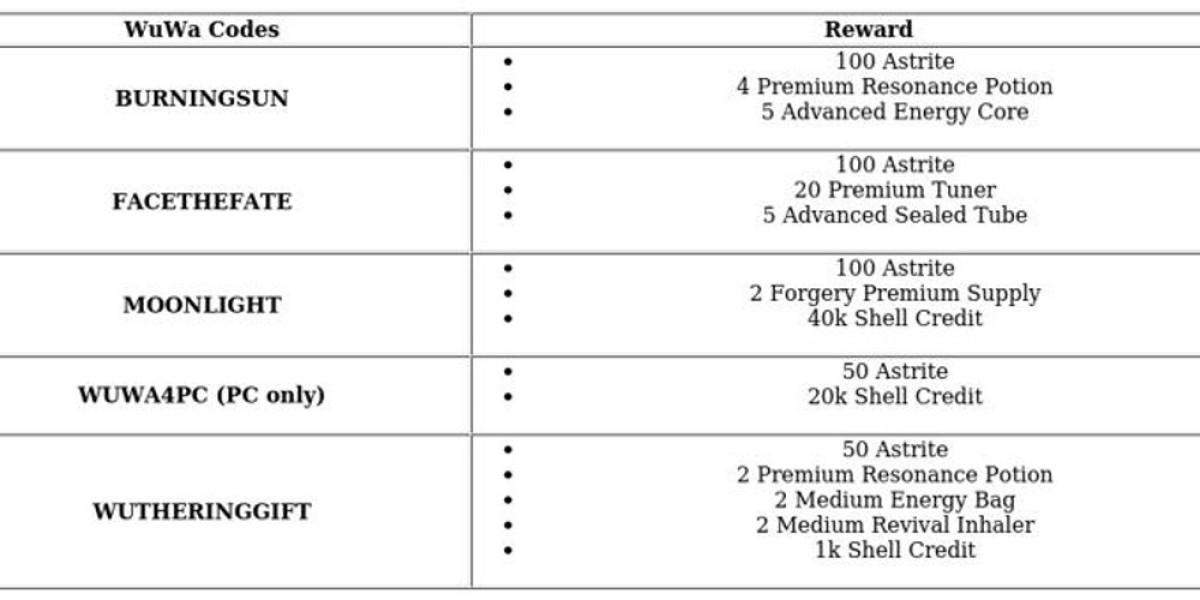The Story Behind the Icon: Oakland Athletics Logo
The Oakland Athletics (often called the “A’s”) are a storied Major League Baseball franchise with deep roots and a rich visual identity. Their logo is instantly recognizable — not just a mark of a team, but a symbol loaded with history, style, and meaning.
History & Evolution
Founding & Early Designs
The Athletics trace their origins to Philadelphia in 1901, hence the original “Philadelphia Athletics.” Early logos were simpler — often just block text or letter-forms signifying “P.A.” or “Athletics.” Over time, the branding grew more ambitious.Move to Kansas City & Then Oakland
After Philadelphia, the team moved to Kansas City in 1955, then finally to Oakland, California in 1968. Each relocation brought subtle shifts in logo style, color choice, and typographic emphasis, reflecting the changing identity and new locale.Modernization
Modern versions of the Athletics logo have balanced tradition with sleek design. The art of rendering the “A” with its distinctive serif, the green and gold color scheme, the underscored “Athletics,” and sometimes an elephant mascot have all been refined over decades.
Logo Elements & Symbolism
The “A”
The large, stylized “A” is the centerpiece. Its strong serif and slightly italic form suggest motion, strength, and an almost regal quality — appropriate for a baseball team with a legacy of championships.Color Palette
The team uses green and gold as its primary colors. Green suggests growth, vitality, and renewal. Gold (or yellow) connects to excellence, prestige, and the kind of bright energy fans expect. The combination is visually striking, especially on uniforms, caps, and merchandise.Font & Typography
The serifed “A” and accompanying text have an old-school sensibility, harkening back to mid-20th century America. It has enough embellishment to feel historic, but not so much that it feels outdated.Mascot & Additional Symbols (Elephant, Bats, etc.)
Occasionally, the logo will feature or reference the elephant, an A’s mascot dating back to the early 1900s. The elephant nods to past eras and adds a playful toughness. Other motif elements (like bat and baseball imagery) have sometimes appeared, but the core “A” remains central.
The Vector Version: Why It Matters
The vector format (SVG, AI, EPS) you saw in your link is crucial for any logo’s life in the modern digital and print world. Here are the advantages:
Scalability: Vector logos can be resized up or down infinitely without losing clarity. Whether it’s a billboard or a business card, the logo stays crisp.
Editability: Designers can tweak color, line weights, or layout more easily. Changing a minor detail doesn’t require re-drawing from scratch.
Multiple formats: Vectors exported to different formats (print or web) ensure consistency across media. A PNG or JPEG version might get pixelated when enlarged; vectors avoid that.
File size and efficiency: For many applications (especially web and mobile), having clean vectors means smaller file sizes after export (when optimized), which helps with loading times and storage.
Why the Logo Resonates
Tradition: Fans associate the Athletics with decades of history, championships, and baseball lore. The logo connects to those memories.
Simplicity & Boldness: The “A” is simple enough to be instantly identifiable; bold enough to stand out on caps, fields, and merch.
Flexibility: Whether on green caps with gold trim, used in social media avatars, or printed on apparel, the logo adapts. Sometimes it’s just the “A,” sometimes it includes full word marks.
Cultural identity: The team is a big part of Oakland’s identity. The logo, especially in its green-and-gold motif, is interwoven with local pride and sports culture.
Designing With the A’s Logo — Best Practices
If you were to use or reproduce the Oakland Athletics logo (in vector or raster format), here are some good guidelines to keep in mind:
Always use the official color codes (Pantone / RGB / CMYK) to maintain branding consistency.
Respect clear space around the logo so it isn’t crowded or distorted by other visuals.
Don’t alter the proportions. Stretching or squashing distorts recognition.
If overprinting or placing on busy backgrounds, ensure adequate contrast (e.g. a darker outline or drop shadow if needed).
When exporting for print, use high resolution and appropriate formats (EPS, PDF, TIFF). For web, optimized PNG or SVG are ideal.







